Just a few photos of the beautiful rain we are getting here…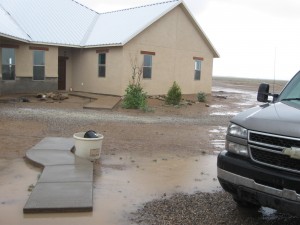
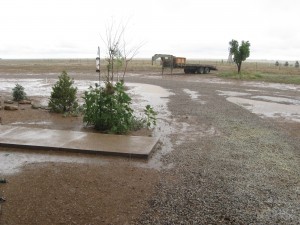
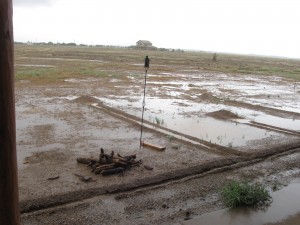
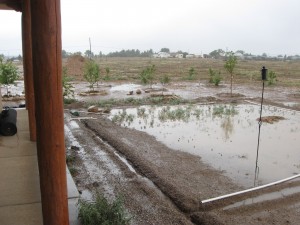
… starting a new phase of life.

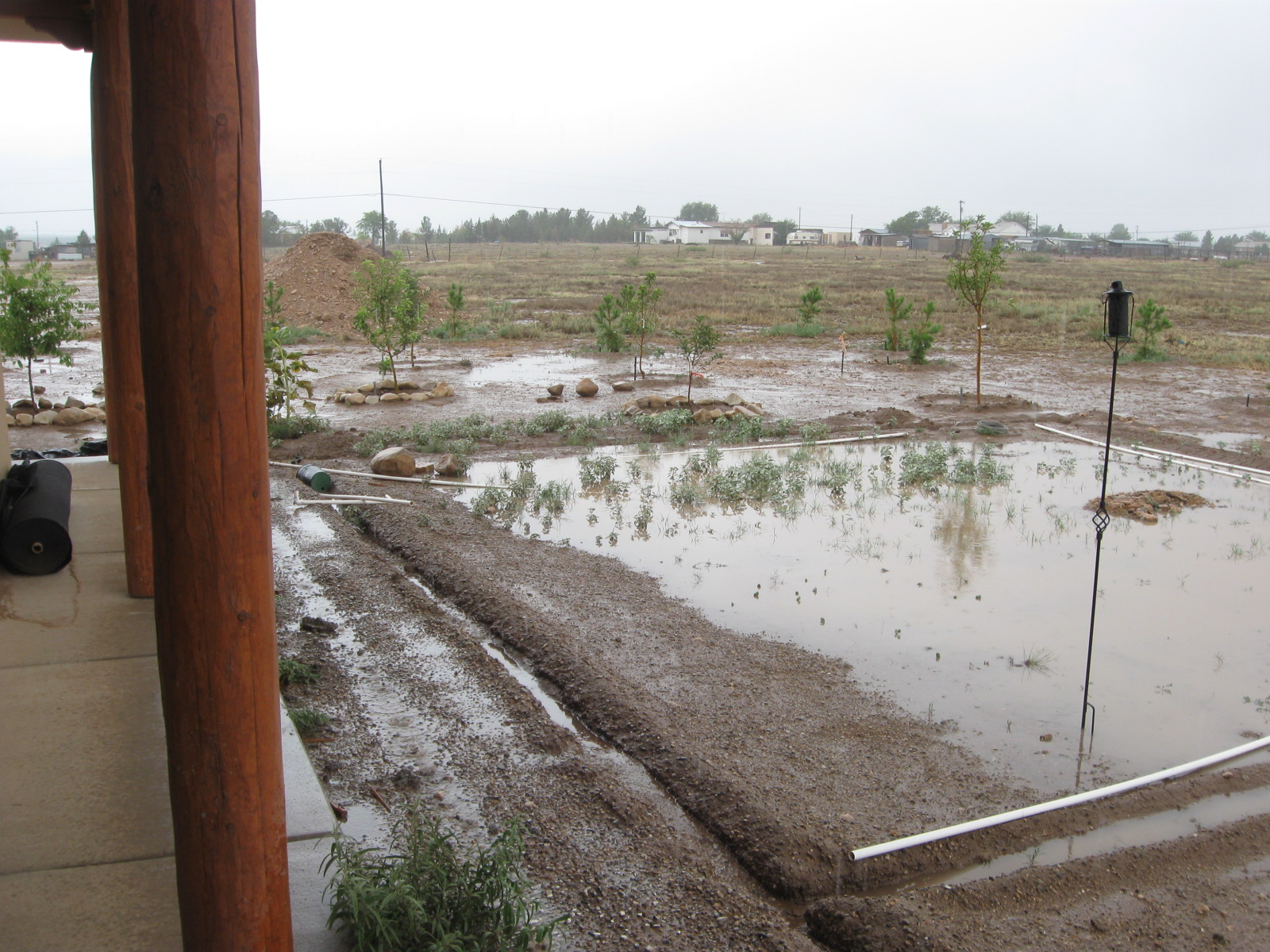

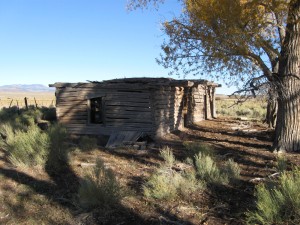
COST UPDATE: After talking with the driller, we found out that all the drillers in the region have a minimum fee for drilling that is about $2500. Apparently, even though it was not quoted to us, it is the going price for the work involved in hauling out all the equipment, setting up, etc. We are still thrilled with the fact that the well came in at only 40 feet, but would caution folks to ask what the minimum charge will be in a case of this sort so that they are not surprised.
Based on my research online, this seems to be quite a bit higher than some areas (it ended up being $62.50/foot). I don’t understand it, but based on the results we had of talking to several other drillers in the local area, it seems to be standard. Since we just had a well drilled in New Mexico not long before, in a similar situation and region, we were surprised.
I know in New Mexico the quote we received was done differently. The fixed costs were charged as separate line items (mobilization (if charged), gravel pack, cement surface seal (if required by state law), well cap, steel surface liner (if required due to formations), permit), and the cost per foot varied at a lower rate including drilling and casing. The cost for drilling and casing in NM was $21/foot, with the other costs being fixed. I think this is a much more fair way to quote without surprises.
In Colorado they all seem to quote at the standard $34-$36/foot, regardless of depth. They have a minimum which tends to make the break-even point at about 75 feet. After that depth, they make a lot of profit.
Example 1: Based on a 300 foot well:
NM rates for a 300 foot well:
Drilling/casing @ $21/foot $6300.00
Gravel pack, surface seal, cap, steel surface liner $797.50
Total cost: $7097.50 (not including tax)
Colorado rates: $34/foot including everything: $10,200.
Example 2: Based on a 40 foot well:
NM rates for a 40 foot well:
Drilling/casing @ $21/foot $840.00
Gravel pack, surface seal, cap, steel surface liner $797.50
Total cost: $1637.50 (not including tax)
Colorado rates: minimum charge: $2,500.
In both states, the permit charge was about $125 from the state.
Knowing what we do now, I’d probably ask for the quotation to be done differently for the Colorado well. (As they say, hindsight is 20/20). It appears to me that the Colorado drillers are overcharging a bit. (Or, at least, I haven’t been convinced that the pricing is fair). It does seem to be standard in the area so far. In all fairness, our driller wasn’t charging much more than the others in the region. He even matched the lowest minimum price for us.
The driller we worked with was Scott Heersink, out of Alamosa, Colorado.

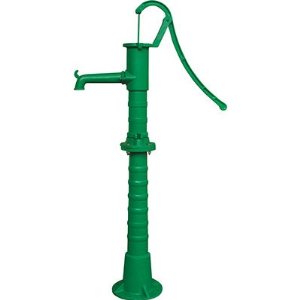 We have thirty-five acres in southern Colorado, which we bought a couple of years ago. Some of the photos we have posted here on the site are from that land. It is absolutely beautiful and is where we plan to spend free time once we have finished building the homestead in southeastern NM.
We have thirty-five acres in southern Colorado, which we bought a couple of years ago. Some of the photos we have posted here on the site are from that land. It is absolutely beautiful and is where we plan to spend free time once we have finished building the homestead in southeastern NM.
The acreage in Colorado has a trout stream running through one corner of the property, so water was available already. However, when we bought the land, the previous owner had already applied for and been granted a homestead well permit for the property. We decided to go ahead and make use of the permit and get a well dug and capped for future building.
Obviously, we are not currently in urgent need of the well, so we told the well-digger to put us on his schedule when it worked best for him and sort of put it to the back of our minds.
This morning he called and told us the great news: We have a well!
Originally, when we talked to him about the job, he told us that other wells in the general area were drilled from 100-180 feet in depth to get a good supply of water, so we had prepared ourselves for that cost (hoping it wouldn’t go much more than 100 feet). At $36/foot for the drilling cost (not including a pump or any accessories — just the digging and capping) in the area, we were expecting a hefty bill to be due.
We got a wonderful surprise… the well only needed to be drilled to 40 feet in depth. He said the water level is only 8-10 feet below the surface, so we are very happy. Instead of a potential cost of $6480, we think the cost will be about $1440.
(with all the bulldozer purchases, we need all the savings we can get!)
With only 40 feet in depth, we have a lot more options available to us on the type of pump we use. Even a hand pump (like the photo) would work for this well. We have a wide range of choices… manual pump ($99 – $1000, depending on quality and features — the Bison pumps are pricey), solar pump and tank (investigation still needed). We don’t plan to have the pump left on-site when we aren’t there for the time being. Too much temptation for a would-be pump thief.


In other nations there are wars over water. The continent of Africa and elsewhere is seeing an increasing demand on potable water and water for irrigation. I will not leave my family at the mercies of a government system, municipal worker, or on 75 year old pipes. Do your own research and check it out for yourself. Simply type in Global Water Wars or words to that effect and read the data/news/speculation/hype/scaremongering or however you want to categorize it. As the world’s population grows so too does its demand on water. If you think it does not affect you here in the US you might want to do further research. The demand on the breadbasket of the world (the US) is growing. Our use of water nation wide for irrigation, landscaping and entertainment is growing. Many states have already imposed limitations that impact families and businesses. Check out the news on California, or how about Arizona’s need to secure water for Phoenix and Tucson, how about sink holes in the Southwest, what about the NM/TX water dispute over the flow of the Rio Grande into TX? All of these factors and many others put increased pressure on government agencies to create more restrictions and raise taxes on use of water.

I have taken matters into my own hands by finding land where drilling a well is permissible. In most cases you cannot do that in the city, and many residential areas of the suburbs do not permit it either. There are cities and other municipalities that ration water usage by law. Each city, county and state has different laws and restrictions. Start by doing some research into where you want to build your homestead. Get the facts; find out which regions are hurting for water, which ones suffer from contaminants and which ones are pushing for more restrictions and taxation. Here is a good start: http://pubs.usgs.gov/circ/2005/1279/pdf/circ1279.pdf
We have land in New Mexico. We are in a rural area and we are permitted to drill a domestic well. Our well was drilled to a depth of 320’ to secure a consistent supply of fresh water from the aquifer. In NM you can service one acre from a domestic well. That should be enough to grow enough crops and tend a few animals, and if you are inclines, have some productive landscaping. From the enclosed photo, where the stand pipe from the capped off well can be seen, it may not look like a great place to start a homestead, but basic concepts such as hugelkultur, constructions of swales to capture rain water and use of a cistern to collect runoff will turn this into a lush environment within a few years. You can also purchase additional water rights. The cost can be a little as $1,500 per acre up to several thousand depending on quality of water right and source.
We also purchased some land in Colorado. The land has a small year-round stream and we are waiting for our well to be drilled. With any luck it will be complete before the end of January, weather permitting.. We were told it should be between 100’ and 180’ to get consistent, good water. CO requires that you have at least 35 acres before you can drill a well for domestic use. That explains why most parcels of land are at least 35 acres. That is one of Colorado’s measures to restrict water use and keep the aquifers replenished. Each state and regions uses different measures. NM had at one time threatened to put a water meter on every private well. That measure has not passed, but depending on future usage and shortages that could change also.
Wherever you decide to homestead, I urge you to secure a suitable supply of water; one that is controlled by you, with only the minimum of restrictions imposed by others.